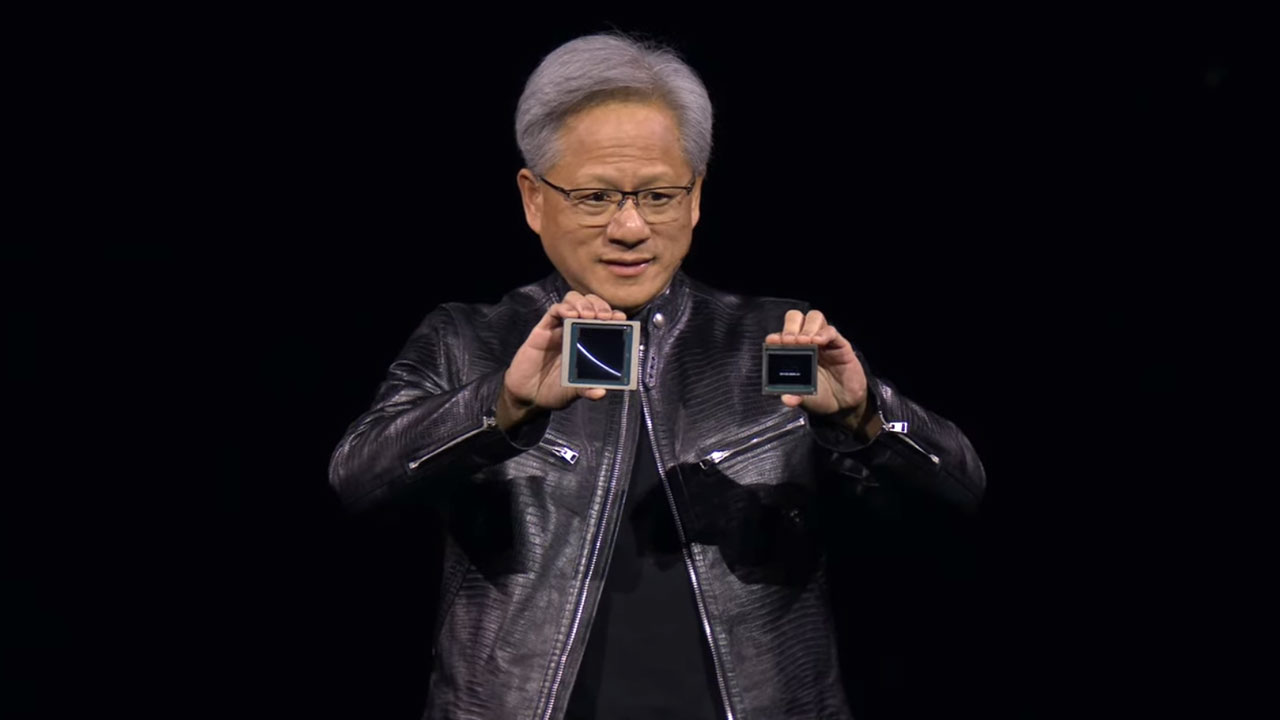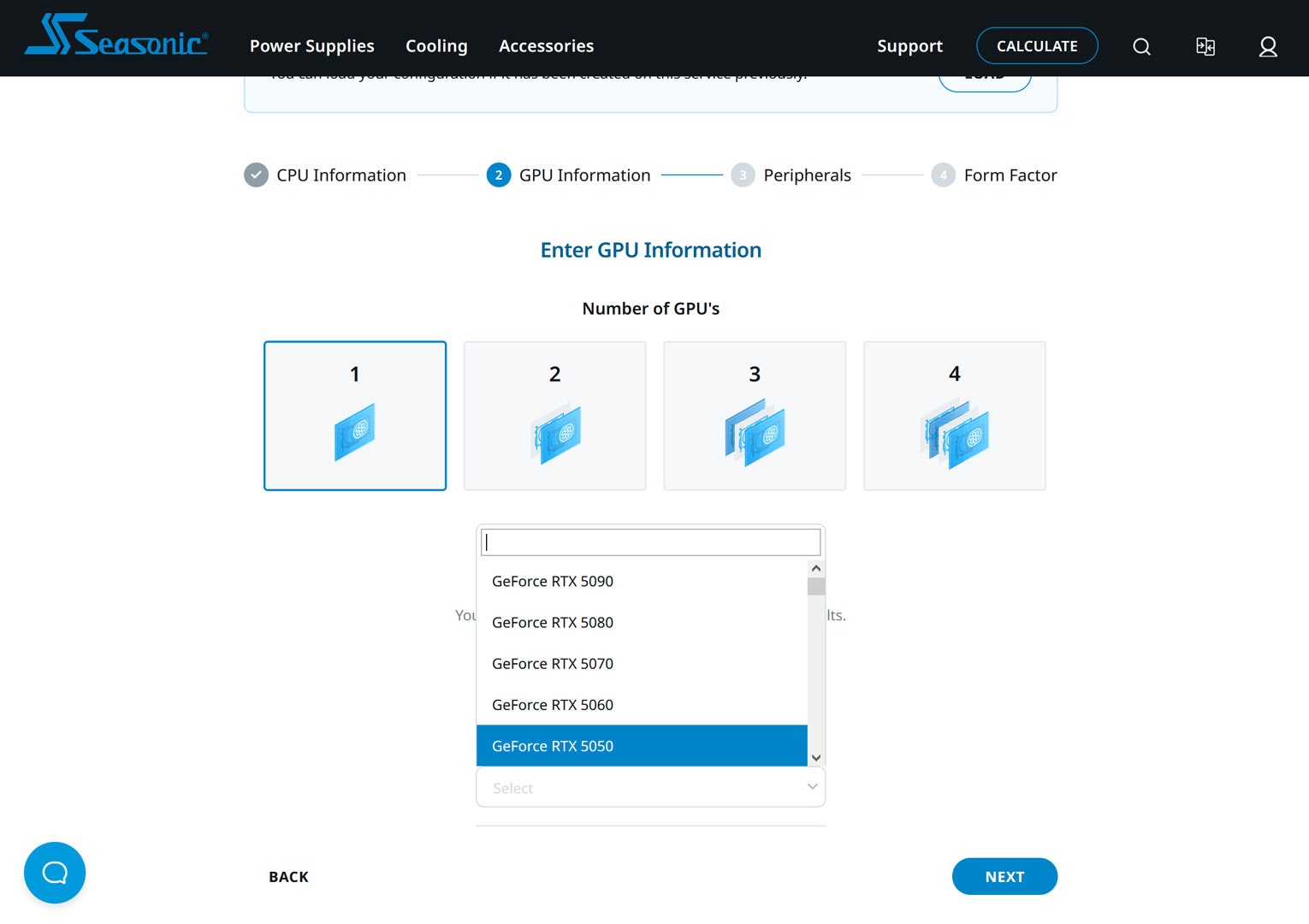
Seasonic’s PSU wattage calculator has suddenly become surprisingly interesting. Twitter/X’s Everest today noticed the online tool has been updated with Nvidia’s GeForce RTX 50 family graphics cards. Specifically, this data may show the TDPs of the upcoming Blackwell architecture gaming cards from the RTX 5090 at the top, all the way down to an RTX 5050. Of course, the data used by Seasonic may or may not be accurate, but let’s have a look.
We've plucked the RTX 50 family TDP data from Seasonic's wattage tool and tabulated it for your convenience, alongside of the existing RTX 40 family. To get a stronger grip on the other key specifications of the RTX 50 family, and thus the changes and benefits they will deliver, please check out our extensive feature: Nvidia Blackwell and GeForce RTX 50-Series GPUs, which has rumors, specifications, release dates, pricing, and everything we know.
If the above data is correct, it is interesting to see the largest generational uplift in TDP is going to be with the ’60 series GPU. Hopefully, this means Nvidia is addressing the common complaints that it faced due to the large performance and price gap between the RTX 4070 and 4060. Importantly, we should see the RTX 5060 return to a 12GB VRAM standard, too.
We expect Nvidia’s rollout of its Blackwell architecture consumer graphics cards to begin around October – starting with the high-end RTX 5090 and RTX 5080 cards. The enthusiast RTX 5070 should follow in January 2025, with the mainstream RTX 5060 launched in Q3 or Q4.

AMD spills too
Seasonic’s PSU wattage calculator has also been updated with the Ryzen 9000 series of desktop processors. Specifically, the Ryzen 9 9950X, the 9900X, Ryzen 7 9700X, and Ryzen 5 9600X. We already have the specifications and pricing for these Zen 5 processors from AMD, though. You can read AMD Granite Ridge details in-depth in our guide from Computex. These AM5 chips are due to go official by the end of this month.
Lastly, Seasonic includes the AMD Radeon RX 7990 XTX and RX 7500 XT in its TDP database, for some reason. Neither of these cards has been released, and as time marches on towards the AMD RDNA 4 era, they don’t look as likely to reach the market.







